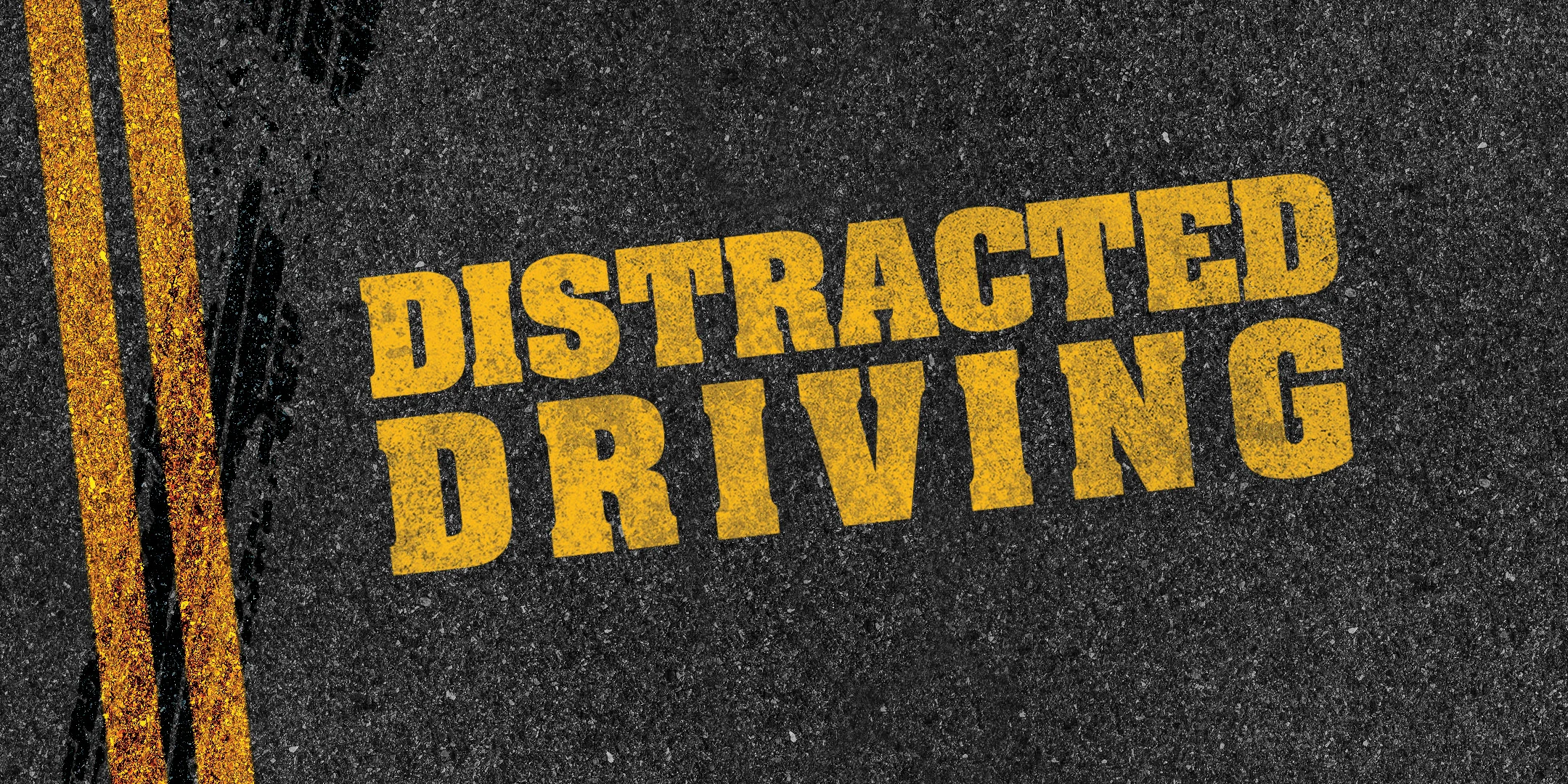Distracted Driving

Written By Cayden Love
Driving—getting behind the wheel and hitting the road is what most of us in America do on the regular. More precisely, in 2022, 94.5% of US residents over the age of 16 drove occasionally at minimum, which is roughly 255 million drivers on the roads. With such a large driving population, the unfortunate reality is that accidents are bound to happen, but there are ways to make sure that we don’t become the unlucky individual that causes an accident.
By now, I’m sure that you have been hounded to death about cell phone use while driving, and for good reason. Cell phone use while driving is certainly dangerous, and it is usually at the forefront of many driver safety courses and websites drilling in that information into our brains. Because of this, it appears that some other key issues have been a little overshadowed. One of these overlooked issues in fact causes even more accidents than texting while driving. This culprit I would like to bring to your attention is daydreaming.
Becoming lost in thought is an easy and entirely human thing to do. There always seems to be something to worry about. Whether it be something such as what you will be cooking for dinner that night, or perhaps even thinking about that thing you absolutely didn’t forget to do at work…though still running through the mental checklist of what you did that day just to be sure. Whatever train of thought is currently rolling through your head, it is easy to become absorbed in it and pay less attention to what is going on around you. It is no different while you are behind the wheel.

Scan for and observe traffic signs
To put this claim into perspective, a study in 2022 concluded that roughly 8% of all fatal car accidents are classified as “distracted driving”. Of that 8%, a staggering 63% of those accidents were caused by daydreaming; the second highest cause of accidents in that category was cell phone use at only 12%. Recalling personal driver training and public safety announcements that I have seen, it’s clear that warnings about cell use vastly outweigh the reminders about daydreaming while driving. With daydreaming being such a significant contributor to accidents, you might be wondering: how can we reduce our risk of drifting off mentally while driving? Fortunately, there are several strategies.
There is more than one good way to limit daydreaming while behind the wheel. One of which way is to scan for and observe traffic signs. By design, traffic signs are not meant to be studied for long; they offer quick and accurate information that is entirely understood with just a glance. This was achieved by the efforts of Theodore Forbes in 1948. Forbes designed the font called “Highway Gothic” with the sole purpose of creating road signs that could be read at high speeds during any time of the day as well as in any weather.
With how quickly road signs can be read and processed, they make for perfect markers to keep your eyes scanning over the whole road and your brain focused on the task of driving.
